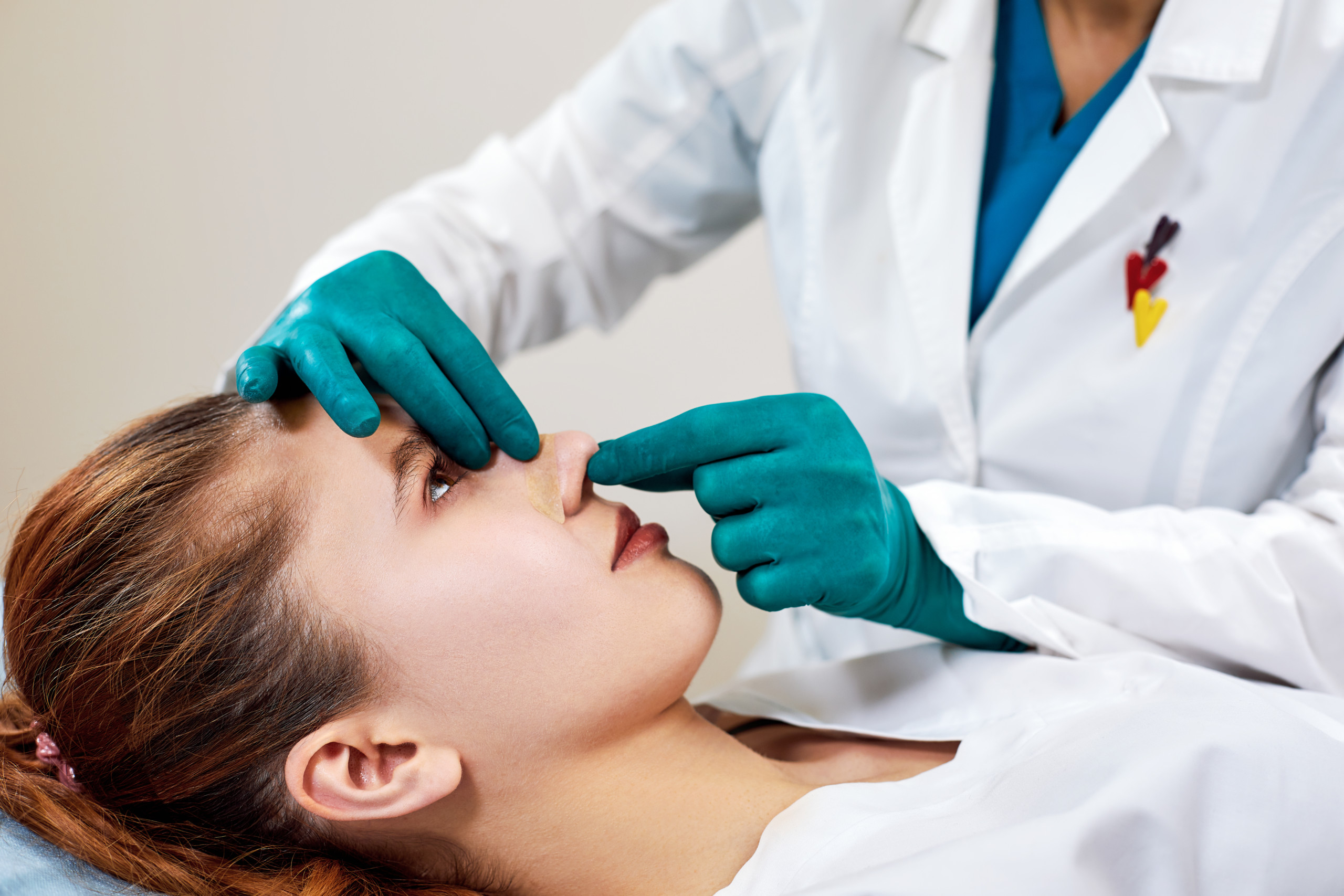When doing your initial research into rhinoplasty procedures, you may notice that there are different approaches. Specifically, you will see that your surgeon can perform an open rhinoplasty or a closed rhinoplasty. If you’re wondering what this means, you are not alone. Many rhinoplasty patients enter into their consultations wondering what the difference is and which is best. However, when it comes to open vs. closed rhinoplasty, only your medical team can help you decide which approach is best suited to your needs. Learn more below about the differences and be sure to ask your surgeon which he or she thinks is right for you.
Open vs. closed rhinoplasty: The main difference
There is one main difference when it comes to these two approaches to rhinoplasty surgery. During an open rhinoplasty, your surgeon will make the incision across the columella to reshape the inside of the nose. On the other hand, during a closed rhinoplasty, your surgeon will make the necessary incisions on the inside of the nose.
Many patients prefer closed rhinoplasty because after the incisions heal, there is no visible scar following surgery. However, many doctors prefer to perform open rhinoplasty because it provides better access to the structure of the nose. As a result, open rhinoplasty allows surgeons to yield the best possible results.
Am I a better candidate for open or closed rhinoplasty?
This is the most common question asked by prospective rhinoplasty patients. However, the answer is simple. In order to determine the best technique for the individual’s case, the patient should meet with their surgeon for a consultation. No one is better suited to tell you which procedure will work best than your doctor. He or she will have a clear understanding of your goals for the procedure and be able to set clear expectations for your results.
Here are a few general qualities that may make you a good candidate for each approach to this procedure.
For an open rhinoplasty, you may be a good candidate if you:
- Need a more severe correction.
- Broke your nose.
Open rhinoplasty is the standard way rhinoplasty is complete, so nearly all patients are good candidates for this approach.
For a closed rhinoplasty, you may be a good candidate if you:
- Have less dramatic or several nasal complications.
- Have a nasal hump or a curved nose.
- Have less dramatic expectations for the final results.
Remember that if your nasal concerns are small, dermal fillers may be another less invasive way to alter the appearance of your nose.
Are the recovery times different for each approach?
The recovery time associated with rhinoplasty varies from patient to patient. Generally, however, patients can expect to need one to two weeks of downtime. Immediately after the procedure, there is generally some bruising and swelling. Most patients report that the swelling and bruising are significantly less when a closed approach is used by the surgeon. In addition, the recovery period can also be slightly shorter with a closed rhinoplasty.
Dr. Anthony Berlet can help you
When considering an open vs. closed rhinoplasty, the most important thing you can do is speak to your doctor. He or she will have the best idea as to which approach will yield the results that you are looking for. Dr. Anthony Berlet, and his team of caring staff, have been helping people in the New Jersey and NYC areas for over 20 years. If you are interested in a rhinoplasty procedure, reach out today to schedule a consultation.
